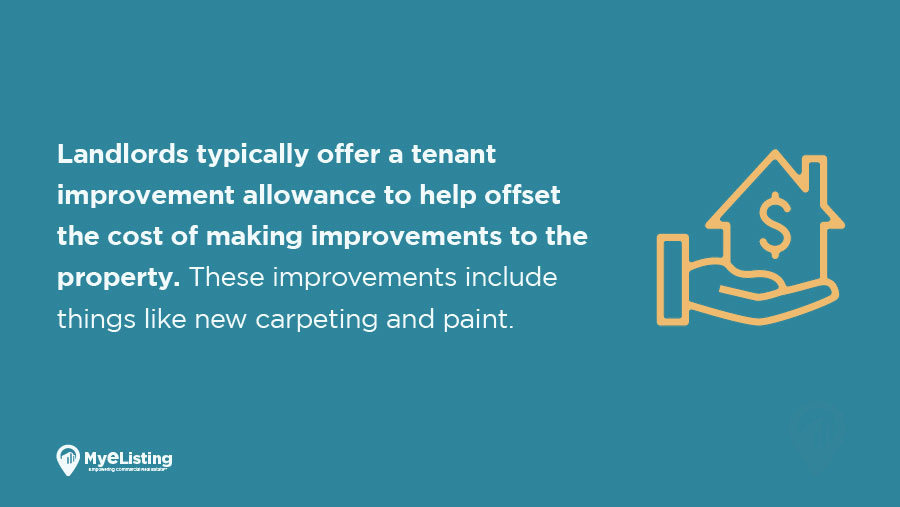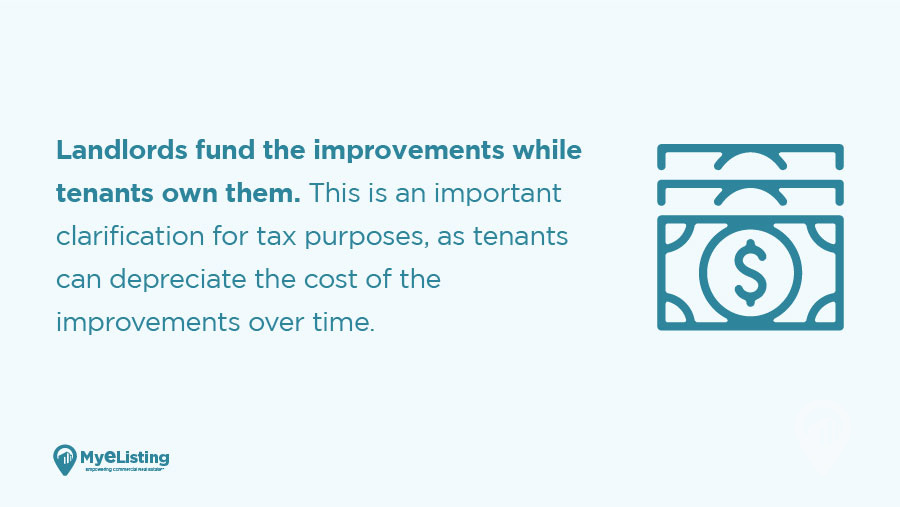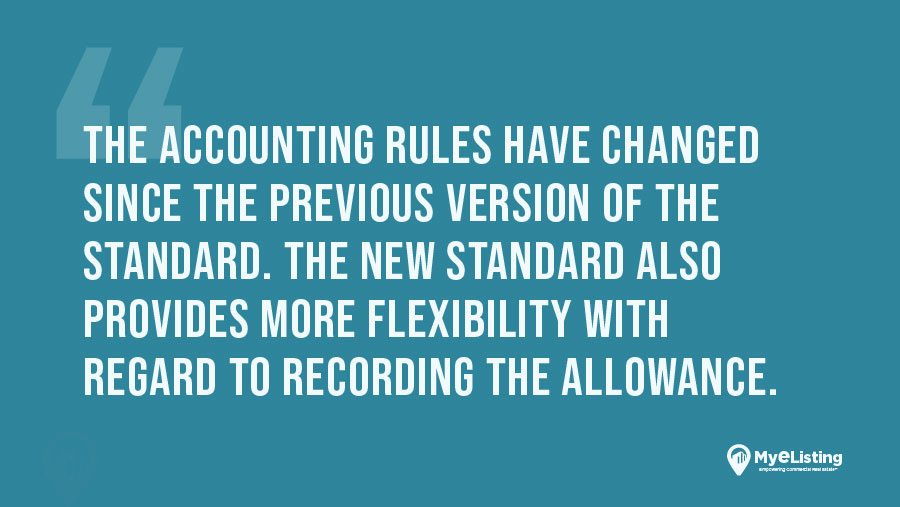How to Account for Tenant Improvement Allowances Under ASC 840

Specializes in providing actionable insights into the commercial real estate space for investors, brokers, lessors, and lessees. He covers quarterly market data reports, investment strategies, how-to guides, and top-down perspectives on market movements.

A tenant improvement allowance is a tax credit that allows landlords to deduct from their taxable income certain expenses related to improvements they make to rental properties.
The amount of the deduction depends on the type of improvement and the size of the property.
For example, if you improve your property by adding an elevator or replacing windows, the cost of those improvements can be deducted as an expense against your taxable income.
However, there are some rules and limitations that you must know to comply with ASC 840. Read on to learn more.
What Is a Tenant Improvement Allowance?

A tenant improvement allowance is usually part of a lease agreement between a landlord and a tenant.
Landlords typically offer a tenant improvement allowance to help offset the cost of making improvements to the property. These improvements include things like new carpeting and paint.
These allowances are generally covered under the terms of the lease agreement.
Examples of Leasehold Improvements
Leasehold improvements are any changes to a leased property’s internal finish beyond what the landlord provides.
Leasehold improvements can be made at any time during the term of a lessee. They involve anything permanent that makes a space more desirable to a tenant.
A leasehold improvement is any physical change made to a property that is owned by a tenant. Improvements can include everything from new walls, roofs, floors, and windows to more extensive renovations like bathrooms and kitchens.
Leasehold improvements can be critical for commercial spaces, as they often allow tenants to make their space more functional or attractive.
Tenant Improvement Allowance Accounting Under US GAAP

Landlords fund the improvements while tenants own them. This is an important clarification for tax purposes, as tenants can depreciate the cost of the improvements over time.
Tenants must pay rent for any improvements made to the property. Landlord’s expenses include maintenance costs for the improvements.
Allowances should generally be accounted for as reimbursements or deposits if the lessee owns the leasehold improvements.
A direct reimbursement arrangement does not require any offsetting adjustments.
An indirect reimbursement agreement allows the lessor to apply depreciation against future rent expenses.
How to Account for Tenant Improvement Allowances Under ASC 840
When a tenant improvement allowance is paid, the amount must be recorded as a debit to accounts receivable and a credit to leasehold improvements.
Leasehold improvements cannot be deducted from the tenant improvement allowance; leasehold improvements are amortized over the life of the asset.
If the lessee will own all or part of the leasehold improvements, there is an offsetting adjustment to the rent payable under the lease agreement.
If the lessee does not intend to own any leasehold improvements, there should be no adjustment to the rent payable.
Leasehold Improvements Under ASC 840
Under ASC 840, leasehold improvements must be amortized over the term of the lease.
Monthly amortization is an expense item that reduces the balance sheet amount of the asset. Leasehold improvements must be capitalized into the cost basis of the property. However, this has been updated under ASC 842.
Leasehold Improvements Under ASC 842
ASC 842 is the current standard. Under ASC 842, if the tenant improves the property, the landlord will receive a credit against future rents due.
A reduction in fixed payment obligation reduces the ROU asset, which increases the amount of cash flow available for other purposes.
Accounting for Tenant Improvement Allowances During Lease Renewals
As a general rule, a tenant improvement allowance should be spread out over the lease term. A tenant improvement allowance is recorded on the books as a liability. However, there are exceptions to this rule.
If the lessee owns the leasehold improvements, the allowance should be recorded as part of the cost of the leasehold improvements.
If the lessee does not own the leasehold improvements, there is no allowance. Instead, the lessee must pay rent based on the fair market value of the leasehold improvements without any deduction for the amount of the tenant improvement allowance.
Stay Consistent With Accounting for Tenant Improvement Allowances

It is important to understand how to account for tenant improvement allowances when leasing real estate.
The accounting rules have changed since the previous version of the standard. The new standard also provides more flexibility with regard to recording the allowance.
There are many different ways to account for these allowances, but it’s most important to be consistent and compliant.
List & Browse Commercial Real Estate for Free on MyEListing.com!
You can list and browse commercial real estate for free simply by signing up for a free account right here on MyEListing.com.
You’ll get unlimited access to accurate local market intelligence, demographics reports, unlimited listings, and more.
Article Search
Share
All Article Categories








